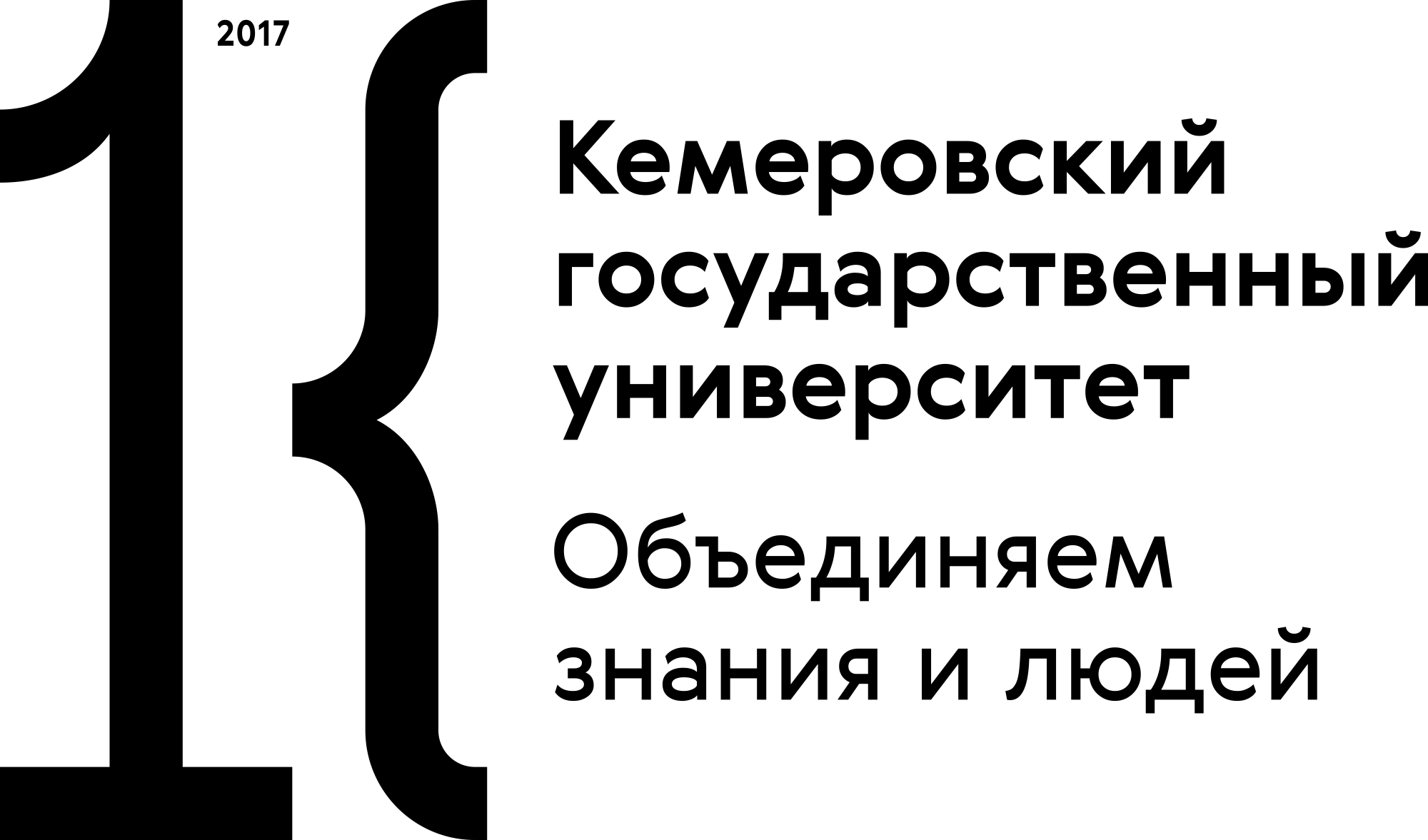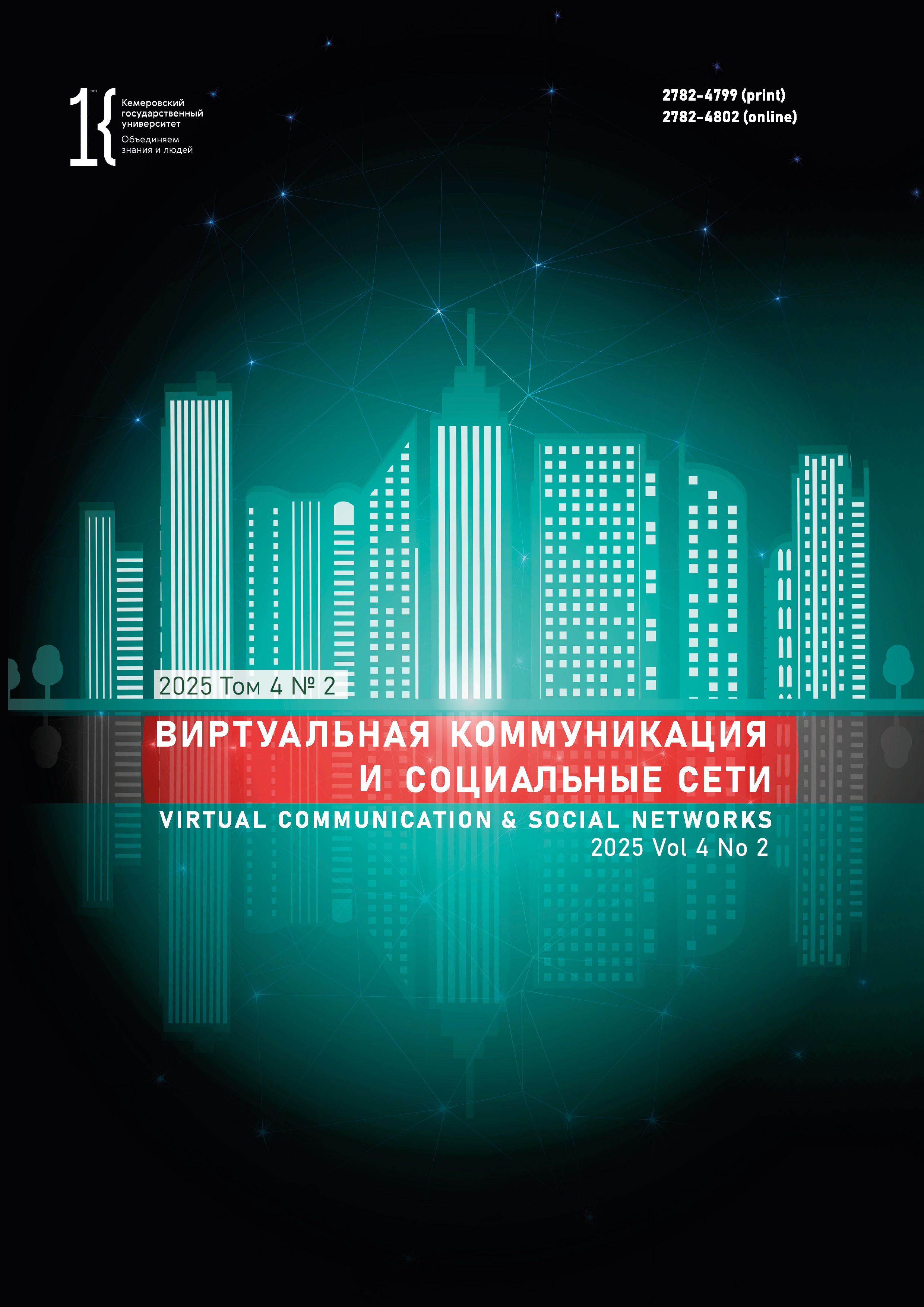Irkutsk, Russian Federation
VAK Russia 5.4.4
Dialogic principles may affect corporate communication in social nets. The dialogic theory of public relations proposed by M. L. Kent and M. Taylor in 1998 is beyond the scope of linguistic studies. To expand the theory of online communication and help PR-specialists to choose proper online communication strategies, the authors applied the main dialogic principles of early communication studies to corporate digital communication. The mixed factorial experiment (2 × 2 × 2; n = 390) varied the presence / absence of links to corporate information, response options, and latest updates. Of these three characteristics, only the presence / absence of company responses had a statistically significant effect on users’ assessment of corporate online communication. These results may be used by PR-specialists as general recommendations in their online communication with clients.
dialogic principles, public relations, corporate online communication, factor analysis
1. Issers O. S., Gerasimova A. S. Dialogue category in media genres: Review of the foreign studies. Vestnik Volgogradskogo gosudarstvennogo universiteta. Seriya 2. Yazykoznanie, 2023, 22(4): 148–157. (In Russ.) https://doi.org/10.15688/jvolsu2.2023.4.11
2. Bruning S. D., Ledingham J. A. Perceptions of relationships and evaluations of satisfaction: An exploration of interaction. Public Relations Review, 2000, 26(1): 85–95. http://dx.doi.org/10.1016/S0363-8111(00)00032-1
3. Callison C., Zillmann D. Company affiliation and communicative ability: How perceived organizational ties influence source persuasiveness in a company-negative news environment. Journal of Public Relations Research, 2002, 14(2): 85–102. http://dx.doi.org/10.1207/S1532754XJPRR1402_1
4. Chen Y.-R. R., Hung-Baesecke C.-J. F., Bowen S. A., Zerfass A., Stacks D., Boyd B. The role of leadership in shared value creation from the public’s perspective: A multi-continental study. Public Relations Review, 2020a, 46(1). https://doi.org/10.1016/j.pubrev.2018.12.006
5. Chen Y.-R. R., Hung-Baesecke C.-J. F., Chen X. Moving forward the dialogic theory of public relations: Concepts, methods and applications of organization-public dialogue. Public Relations Review, 2020b, 46(1). https://doi.org/10.1016/j.pubrev.2019.101878
6. Cheng I.-H., Lee S. T. Timeliness, responsiveness and the human voice: The effects of dialogic strategies and the mediating role of perceived communication ethicality on social media relationship building. Public Relations Review, 2023, 49(4). https://doi.org/10.1016/j.pubrev.2023.102355
7. Cheng Y. The social-mediated crisis communication research: Revisiting dialogue between organizations and publics in crises of China. Public Relations Review, 2020, 46(1). https://doi.org/10.1016/j.pubrev.2019.04.003
8. Gordon J., Berhow S. University websites and dialogic features for building relationships with potential students. Public Relations Review, 2009, 35: 150–152. https://doi.org/10.1016/j.pubrev.2008.11.003
9. Haro-de-Rosario A., Sáez-Martín A., Gálvez-Rodríguez M. D. M. Facebook as a dialogic strategic tool for European local governments. Transylvanian Review of Administrative Sciences, 2017, 13(50): 73–89. http://dx.doi.org/10.24193/tras.2017.0005
10. Kent M. L., Lane A. Two-way communication, symmetry, negative spaces, and dialogue. Public Relations Review, 2021, 47(2). https://doi.org/10.1016/j.pubrev.2021.102014
11. Kent M. L., Taylor M. Building dialogic relationships through the world wide web. Public Relations Review, 1998, 24(3): 321–334. https://doi.org/10.1016/S0363-8111(99)80143-X
12. Kent M. L., Taylor M. Toward a dialogic theory of public relations. Public Relations Review, 2002, 28(1): 21–37. https://doi.org/10.1016/S0363-8111(02)00108-X
13. Kent M. L., Taylor M., White W. J. The relationship between Web site design and organizational responsiveness to stakeholders. Public Relations Review, 2003, 29(1): 63–77. https://doi.org/10.1016/S0363-8111(02)00194-7
14. Men L. R., Tsai W.-H. S., Chen Z. F., Ji Y. G. Social presence and digital dialogic communication: Engagement lessons from top social CEOs. Journal of Public Relations Research, 2018, 30(3): 83–99. https://doi.org/10.1080/1062726X.2018.1498341
15. Ngai C. S. B., Einwiller S., Singh R. G. An exploratory study on content and style as driving factors facilitating dialogic communication between corporations and publics on social media in China. Public Relations Review, 2020, 46(1). https://doi.org/10.1016/j.pubrev.2019.101813
16. Paquette M., Sommerfeldt E. J., Kent M. L. Do the ends justify the means? Dialogue, development communication, and deontological ethics. Public Relations Review, 2015, 41(1): 30–39. https://doi.org/10.1016/j.pubrev.2014.10.008
17. Qu Y. Engaging publics in the mobile era: A study of Chinese charitable foundations’ use of WeChat. Public Relations Review, 2020, 46(1). https://doi.org/10.1016/j.pubrev.2019.101815
18. Rybalko S., Seltzer T. Dialogic communication in 140 characters or less: How Fortune 500 companies engage stakeholders using Twitter. Public Relations Review, 2010, 36(4): 336–341. https://doi.org/10.1016/j.pubrev.2010.08.004
19. Theunissen P. The quantum entanglement of dialogue and persuasion in social media: Introducing the Per-Di. Principle. Atlantic Journal of Communication, 2015, 23(1): 5–18. https://doi.org/10.1080/15456870.2015.972405
20. Waters R. D., Canfield R. R., Foster J. M., Hardy E. E. Applying the dialogic theory to social networking sites: Examining how university health centers convey health messages on Facebook. Journal of Social Marketing, 2011, 1(3): 211–227. https://doi.org/10.1108/20426761111170713















